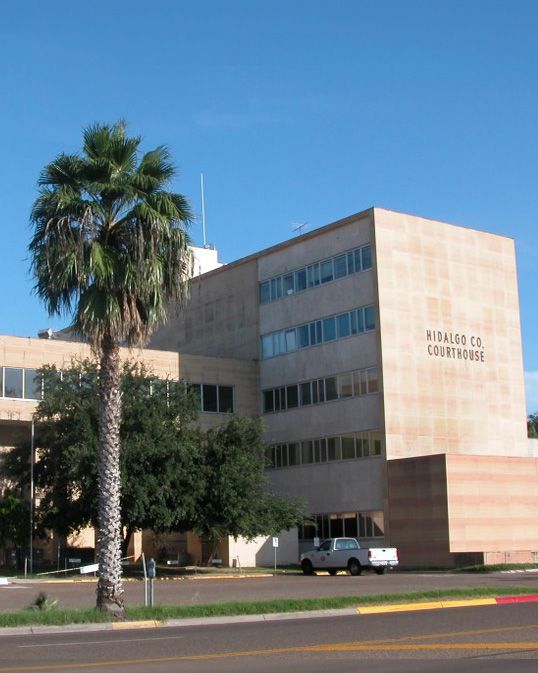Who Pays for Sports Injuries?
LAW BLOG •
Enrolling your child in a school sport is a great way to increase his or her physical activity, self-confidence, and teamwork. Unfortunately, it can also result in childhood injuries. While some sports-related injuries are assumed risks of the game, especially in contact sports, others result from negligence by the coach, the school, or another party. When a student sustains a sports injury, learn who may be liable to pay for his or her medical bills.
Risks Posed By School Sports
A national high school sports-related injury study recorded 3,663 injuries in the course of one year. The majority, 2,062 of these injuries, occurred in competition while the rest happened during practice. The majority of these injuries occurred on the boys’ football team, followed by girls’ soccer. Injuries to the head and face were the most common (27.4%), followed by ankle, knee, and upper leg/hip injuries. Males are more at risk than females in terms of school sports-related injuries. Sports injuries can take many shapes and forms, including:
- Concussions
- Broken bones
- Sprains
- Dislocations
- Shin splints
- Bruises
- Heat-related injuries
- Dehydration
- Repetitive motion injuries
It is up to the school coach to reasonably prevent injuries to students during sports practices and games. While the law does not expect a coach to prevent all accidental injuries, it does expect them to take steps that a reasonable and prudent coach would to prevent harm. This may include equipping the team with safety equipment like pads and helmets, keeping them properly hydrated during practice, and preventing heatstroke. If a coach or another party is negligent in his or her duties in keeping student athletes safe, parents may be able to file a claim against them.
Proving Negligence in Sports Cases
To have a case against someone for your child’s sports-related injuries, you have to prove negligence. There are four main elements involved in this burden of proof. First, that the defendant (the person allegedly responsible for the harm) owed your child a duty of care. Coaches and teachers owe duties of care to their students as their supervisors. The school has duties such as maintaining a safe premises, hiring competent coaches, and training its employees properly. A defendant might also be the manufacturer of defective sports equipment
The second element is the breach of duty of care, or the act of negligence, that caused your child’s injuries. If the injury resulted from normal sports activities, with no involvement of someone else’s negligence, you do not have a claim and will likely have to foot the bills yourself. These fall under “assumption of risk” cases for sports injuries. On the other hand, incidents involving inadequate supervision, hazardous premises, improperly trained employees, faulty sports equipment, or insufficient onsite medical care most likely stem from someone’s negligence.
The third element is proving that the defendant’s breach of duty caused your child’s injuries. It is not enough to have proof that the defendant was negligent, and that your child sustained an injury. The two actions must relate, with the defendant’s negligence more likely than not causing the injury. Finally, the plaintiff must show that his or her child suffered real damages because of the incident. These could be medical costs, pain and suffering, or lost quality of life.
Who Is Responsible for Student Athlete Injuries?
When determining who will pay for your child’s sports-related injuries, the courts consider the defendant’s liability for the incident. You could have a case against the coach, the school, a product manufacturer, or a third party. Any such entity’s insurance companies may be liable for paying for your child’s damages. Speak to an attorney for help determining the defendant in our particular situation.
The post Who Pays for Sports Injuries? appeared first on GES Injury Attorneys.
Every state limits the amount of time you have to file a claim.
Don't Delay.
Contact the Attorneys at Gordon & Elias, LLP Today to preserve your right to a recovery.
Contact Us
We will get back to you as soon as possible.
Please try again later.
100% FREE CASE EVALUATION
Free Consultation • No Fee If No Recovery



